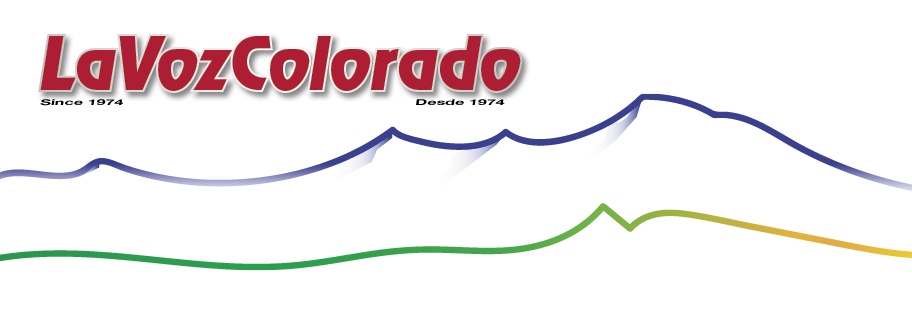
Ever since primary school in Mumford, Texas, Sterling, Henderson and Denver, Colorado, I found myself having to defend my dream of someday achieving a college education as well learning to fly a plane. At the time, I felt somewhat justifiably ridiculed by those around me that many times saw the impossible condition of utter poverty and desolation around my loved ones and myself.
There was a part of me that agreed with them and sought to clarify and steer my thoughts and plans in a different direction. There was another part of me however, that looked for signs of progress in the small victories along my journey.
Out of the depths of this improbability came glimpses of opportunities that I tried to make real in my life and work. So it was that one bright May morning on the eve of graduation from college, I soloed in a Cessna 150.
The question then became, what do I do now? Where do I go from here?
That is the question that the Latino community has been facing since the proven success of Cinco de Mayo and the beginning of the 21st Century. What do we do now and where do we go from here?
Fifty-three years ago this past January, a journey began to make Cinco de Mayo a truly Chicano commemoration in Pueblo, Colorado. We felt at the time that if could rally a regional and even national community to the relevance of the Mexican Battle of Cinco de Mayo, 1862 to the Chicano struggle for notice in an American landscape, we could significantly advance the place of primarily the Mexican American community in the Southwest.
The week of activities carried out by a coalition of 108 organizations in southern Colorado proved to be only the beginning of nationwide Chicano awareness of Cinco de Mayo and its story as a rallying cry for justice and identity. Since then and for a combination of reasons, Cinco de Mayo has become a popular national celebration enjoyed by many Americans in many cities and towns across the country.
That success raises the question about what happened with the notions that Cinco de Mayo advanced. Although much of the meaning of the Chicano Cinco de Mayo is being lost as the celebration crosses all ethnic and racial lines, it nevertheless call the question as to the future for which it advocated.
What do we do now? Where do we go from here?
This question hit me when I achieved what I might have thought was impossible. When that happened, it sent me into a serious sort of depression.
As it turned out, my life goals were too low. I had to go into a time of deep reflection and even thought of giving up academic life for something else.
We may have noticed that the 21st Century, especially since 9/11, the Latino community has been largely quiet and somewhat mute. The only significant Latino noise has come from the Cuban community that is jockeying to represent the Latino voice in America.
But Mexicans and Mexican descendants that form over 60 percent of Latinos in America appear to be busy doing other things like building its human capital and economic infrastructure to take leadership of a country that is rushing into decadence and second-rate status. That is the sacred task of a community that has fought and continues to struggle in its journey from the margins.
The views expressed by David Conde are not necessarily the views of LaVozColorado. Comments and responses may be directed to News@lavozcolorado.com.


